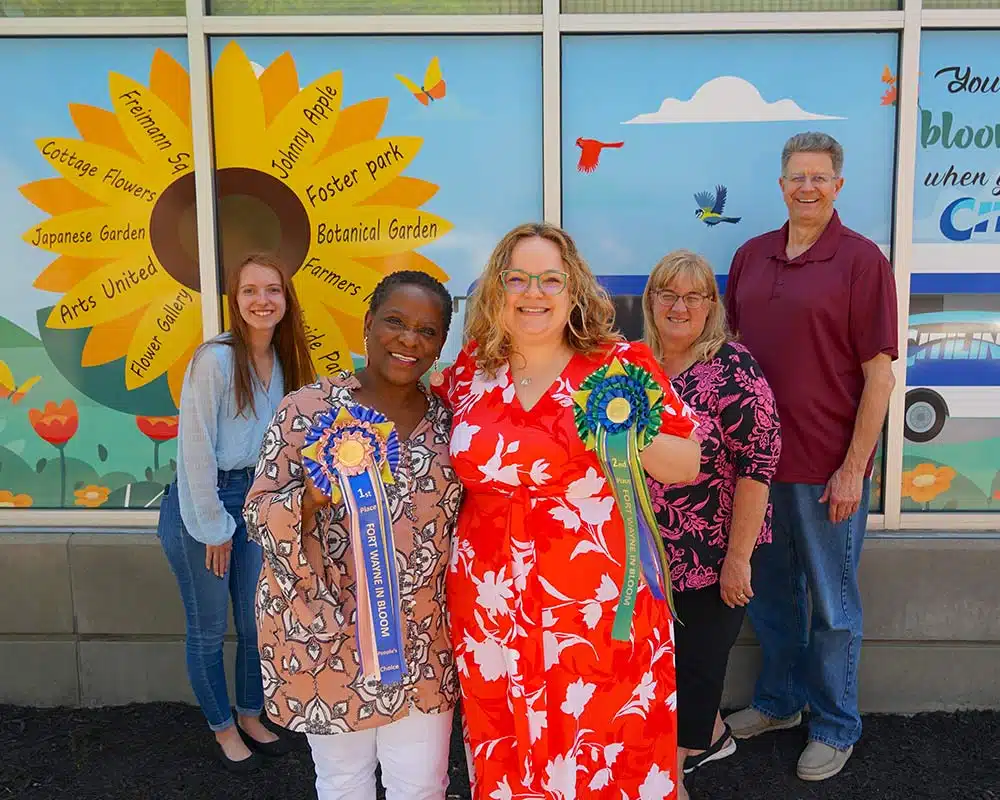Before Indiana was settled by pioneers, about 85 percent of it was forest – some 19.8 million acres. By 1900, just 7 percent was forest – about 2 million acres – and people were growing alarmed. The state began setting aside remnant natural areas, but most land was already cleared and converted into privately owned farms and pastures.
By mid-century, Indiana forest had rebounded to 17 percent, but state leaders weren’t buying property for preservation. So, in 1960, a group of citizens founded Allen County Reserves (ACRES) to preserve and restore some natural spaces. They ushered the Nature Preserve Act through the Indiana General Assembly in 1967, making it easier for non-profit private organizations to protect natural spaces in their local communities. ACRES was now able to guarantee private landowners that properties donated or sold to it would never be developed.
“We formed at a time when public money wasn’t being spent for land preservation,” explains Jason Kissel, executive director of ACRES Land Trust, a member-supported non-profit that today serves 27 counties in northeast Indiana, northern Ohio and southern Michigan.
“The ACRES founders said, ‘Let’s try to achieve land preservation through the private route,’ and that’s what we’ve been doing ever since,” says Kissel. “No taxpayer money is used to purchase and manage the 100-plus properties we own today.”
About 25 percent of those properties were donated to ACRES and another 25 percent were purchased at market value. The remainder were purchased at a discount. Private owners receive tax benefits for donations and discounts offered to ACRES.
“Owners love the fact that the land they sell or donate to us will be preserved forever,” says Kissel. “We work with community leaders to identify properties with unique geological formations (like Hanging Rock in Wabash County) or places with rare and endangered species or places with strong social histories that make them iconic in their communities.”
Today, ACRES Land Trust employs nine full-time staff who, along with four summer interns and a cadre of volunteers, work to protect and manage 7,269 acres, a number that grows each year. About half of the acres are accessible to the public.
“We’re not by any means a trails organization, but we do provide parking lots and about 50 miles of public trails,” says Kissel. “We view this as a way for people to connect with nature and the work we do.”
The workload is growing along with the land inventory. For the first time in its history, ACRES is conducting a $600,000 capital campaign to erect a barn for equipment storage and to build infrastructure in the Cedar Creek corridor, including a new deck/overlook. ACRES has long worked to connect patches of preserves in the corridor, the only large natural feature left in Allen County.
“We don’t want to prevent development, but part of development should be preserving a little bit of land in its natural state so people can experience the way Indiana used to look,” says Kissel. “To keep an area natural takes a lot of effort and will. It’s a community effort – it’s not something that can be achieved by individuals alone. When you fly into Fort Wayne, you see the green space north of the city. This is tangible, preserved land, and something that makes life better for everyone who lives here.”
By state law, land dedicated through the Nature Preserve Act can’t be taken by eminent domain.
“It’s already deemed to be at its highest and best use,” says Kissel.
ACRES keeps careful legal records on each property and has built up an endowment to assure financial sustainability.
“If we didn’t receive another penny, we could pay for one employee, our tax liability, insurance and drainage costs,” he says. “We do everything within our power to make sure the land we own is protected forever.”
While most of Indiana was covered in forest before European settlers arrived, its northwest corner was a starting point for grassland prairies that stretched west to the Rockies. Much of Allen County was part of the Great Black Swamp, a glacially fed wetland drained by settlers.
“We restore a couple hundred acres each year,” says Kissel. “We study a property using soil samples and maps and decide what it was originally – wetland, forest etc. – then set about restoring it back to that state.”
The ongoing removal of invasive species is a major challenge tackled by staff, four interns and many volunteers.
Along with making life better for people and wildlife today, ACRES Land Trust is impacting those yet unborn.
“The preserves we enjoy today wouldn’t be here if someone a long time ago hadn’t said, ‘This is important,’” says Kissel. “We’re playing that role for future generations.”
Learn more at acreslandtrust.org. ❚















